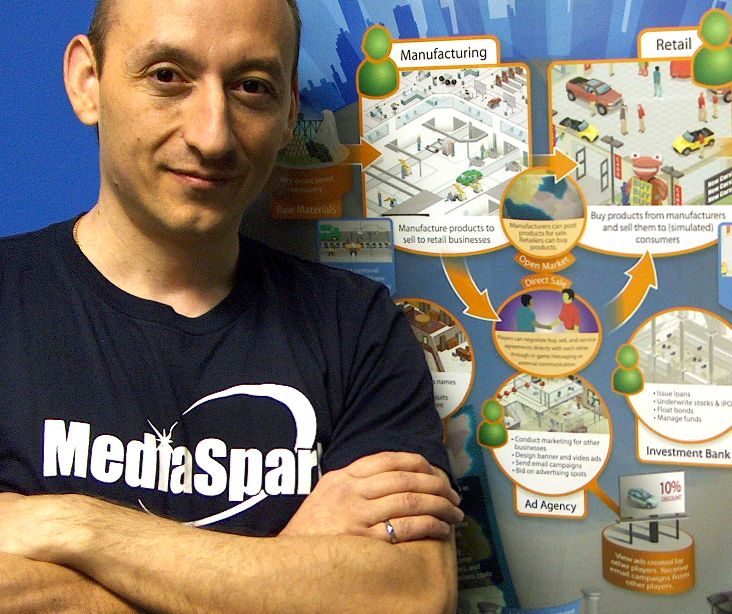102 reads
Inside the Mind of a Project Manager
by
July 2nd, 2023
Audio Presented by

CEO, entrepreneur, engineer, inventor, writer, and designer of educational games and simulations used by millions.
Story's Credibility



About Author
CEO, entrepreneur, engineer, inventor, writer, and designer of educational games and simulations used by millions.